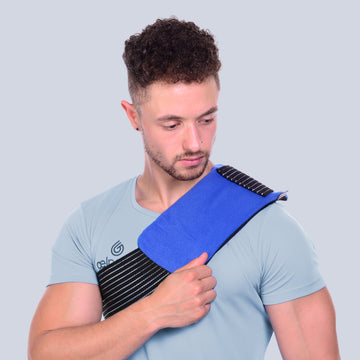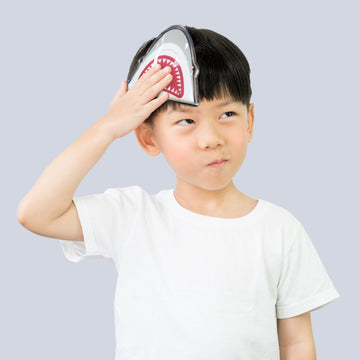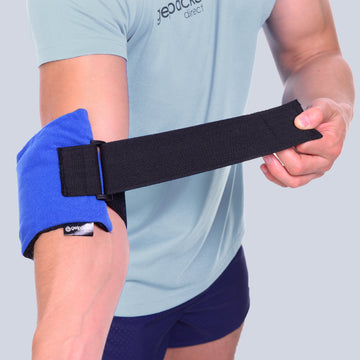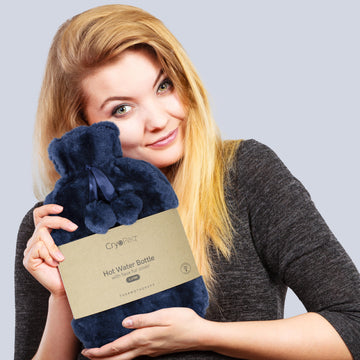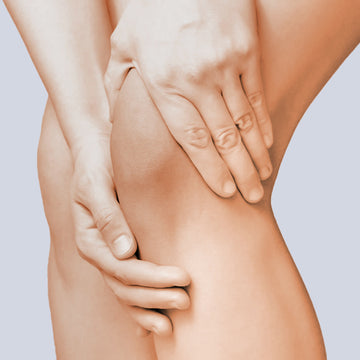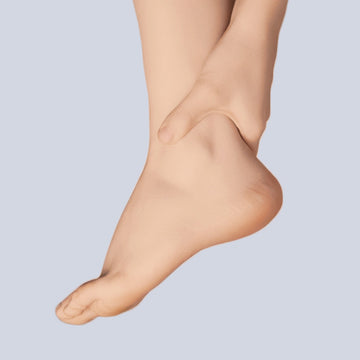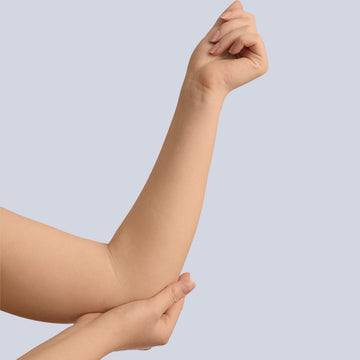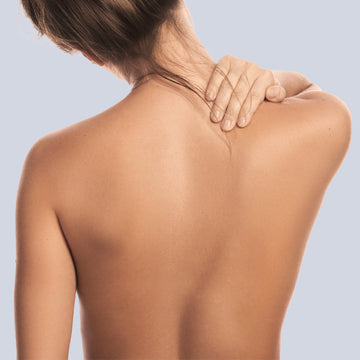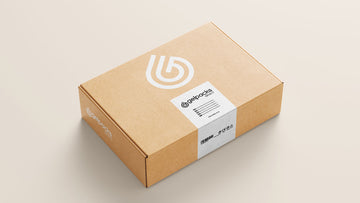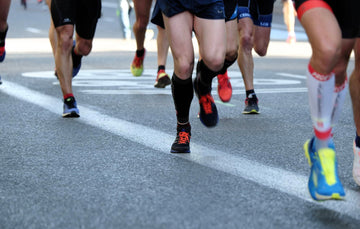Posted by Chloe SImkss| Dec-2020
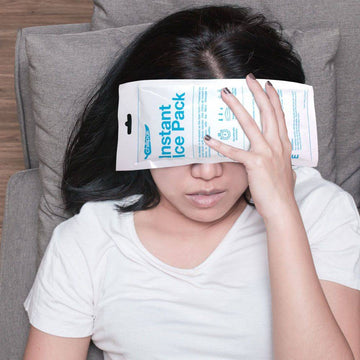
What to do when you've hit your head?
It seems as though the Christmas season comes earlier each year. The leaves on the trees hardly begin to change colours when we start to see lights, decorations and holiday themed coffee cups! According to the NHS, up to 80,000 people are treated in hospitals in the UK every year for festive injuries. 1 in 50 (2.1%) people have had an accident while getting decorations out of the loft (national helpline). Thankfully, most injuries are minor and can be treated at home. So, we’re going to talk about bruising and swelling when you drop your decorations and have a bumped head - what causes them, and how do ice packs treat them?
First Aid for Head Injury
If you see or hear someone hit their head, calm the casualty down and hold something cold against the injury to help reduce the swelling, like an ice pack. Be sure to monitor their level of response and wait with them until they recover. If symptoms are mild and the casualty is fully responsive, you can treat the bruise or swelling.
If you think someone has a serious head injury, you must call 999 for emergency help, ask for an ambulance and tell them that you suspect a serious head injury.
What is a bruise?
Bruises are patches that appear on the skin when small blood vessels burst underneath. This causes the blue and black discolouration that we all are familiar with. A bruise normally starts off as a red spot immediately after impact, and turns black and blue over the next 48 hours. Untreated bruises usually last up to two weeks.
How do ice packs help with bruising?
Ice or cold temperature constricts broken blood vessels, so it is vital to apply an ice pack immediately after obtaining a bruise. To help reduce swelling and speed up the healing process, we advise applying ice to the affected area on and off for the next 24 to 48 hours. But remember never apply heat to a bruise, as this will trigger more inflammation in the area.
What kind of ice packs help with bruising?
Bruised areas are usually sore and painful when touched, so it’s also important to take into account what material an ice pack sleeve will be made of. Try our instant ice packs for bruising, which is perfect for any first aid incident, as it cools in seconds for immediate treatment. . Our gel packs can be used for pain relief and have adjustable straps to provide a snug fit around your bumped head while keeping you hands free so you can still move about and do other chores as your bruise heals….sorry, no rest for the wicked! Check out our gel packs here.
Swelling
Swelling is the body's reaction to injury and is an increase in the size or a change in the shape of an area of the body. Swelling can be caused by collection of body fluid, tissue growth, or abnormal movement or position of tissue.
Ice packs, and how to reduce swelling on your bumped head?
Ice is a tried and tested solution for reducing internal bleeding. Applying frozen gel packs when you have hit your head, works in reducing swelling by restricting internal bleeding. The ice pack should be applied for 10 to 20 minutes, three or more times a day for 48 to 72 hours, or until the swelling has gone down. Check our how to guide here.
So our best advice on avoiding bruises and swelling this Christmas is to never go up to the loft when you're alone in the house, have someone on hand to pass boxes down to. Make sure you invest in a proper stepladder as relying on standing on chairs and stools when getting the Christmas decorations down from the attic is a recipe for disaster!
